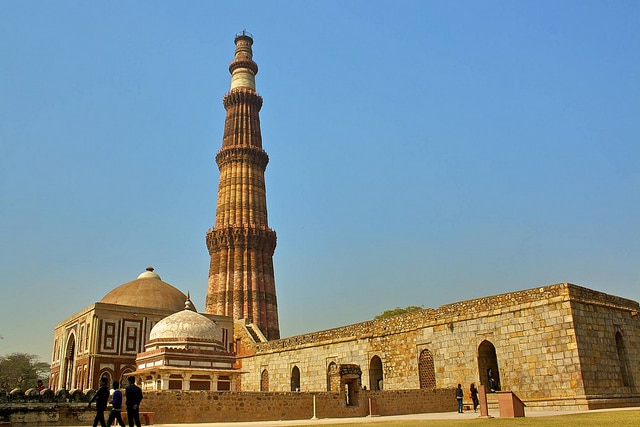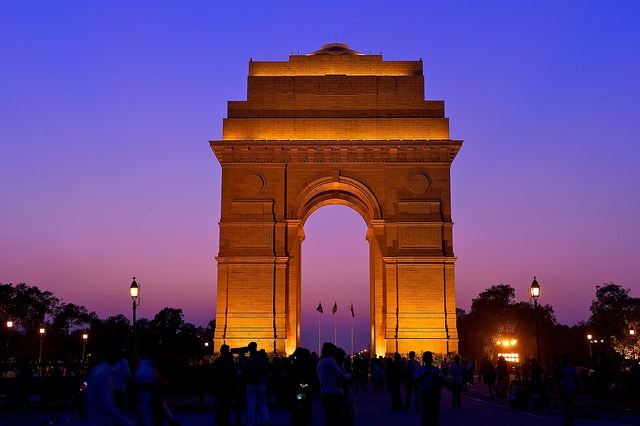Delhi is undoubtedly a city of historical monuments. The reason is that it was the centre of political activities right from the Mughal era to the British. Many kings, Mughals and Indians, from time to time established their capital in Delhi which means they build many awe-inspiring architectural marvels which continue to baffle visitors even today with its sheer beauty. Thus, it is very difficult to pick the best five historical monuments in Delhi from so many as each place has its own distinct history and legends.
Still, here are the top 5 historical places and monuments selected on the basis of their popularity and connect to Indian history.
1. The Red Fort
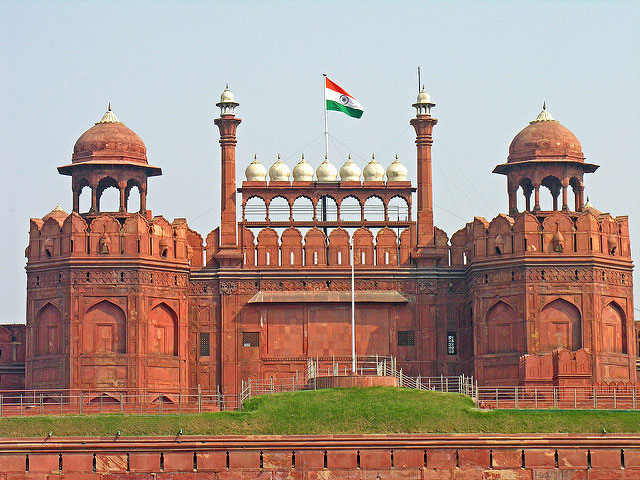
One of the magnificent monuments in Delhi, the Red Fort is definitely India’s pride. Though it was built around 1648, even today, it stands as elegant, as strong and as marvellous as ever before. It was built by the Mughal Emperor Shah Jahan who established his capital in Delhi while the fort served as his residence. Today, it is a popular tourist destination of Delhi and thousands of visitors, both foreign and domestic, visit Red Fort on a daily basis. Even today, the Fort is held with respect and it is from this fort that the Prime Ministers of India address the country on Independence Day on August 15. A sound and light show depicting Mughal history is held every evening for tourists. There are also museums at the fort.
2. Qutub Minar
Qutub Minar is a place that is not just a momentous structure in Delhi but also in India. Its architecture which is one of its kind is worth watching even from far. It is one of the tallest towers in Delhi with its height of 73 m. Though it was Qutubuddin Aibak who started the construction, he was unable to complete it and the minaret was later completed by his successors, Iltumish and then Firoz Shah Tuglak. Its construction in red sandstone is a sight to behold. There are several other monuments within the complex which include the Ashoka Pillar, and others. There are also tombs of many Mughal rulers in the complex.
3. Humayun’s Tomb
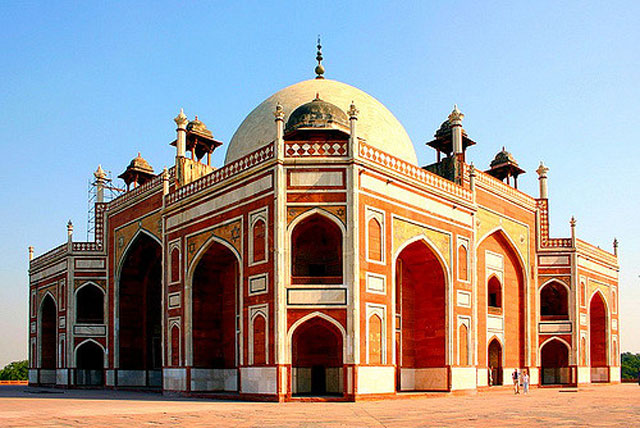
If you wish to see the finest example of Persian architecture, you should visit the Humayun’s Tomb. It was the first tomb in India to be built in garden style. An astonishing fact about the tomb is that it was built nine years after Humayun’s death. Apart from the main tomb which is Humayun’s, there are other tombs as well. The tomb of Humayun’s wife, Hamida Begum, his great-great grandson Dara Shikoh and several other Mughals are located here. The tomb located within a Charbagh garden is world renowned for its beautiful architecture. It is a World UNESCO Heritage Site and one of the most popular destinations of India. It is located on Mathura Road. The Nizamuddin Dargah is located just opposite.
4. Rashtrapati Bhavan
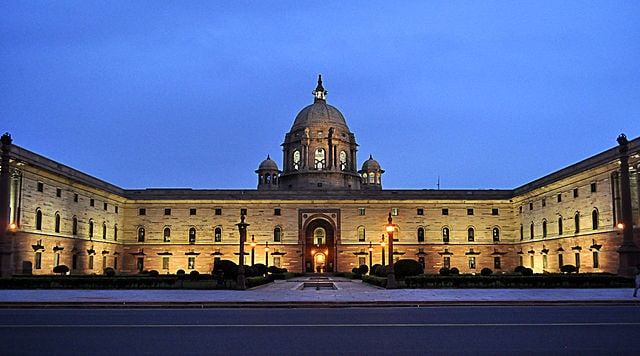
It is one place in Delhi that has historical significance not just for today’s and yesterday’s generation but for generations to come. After all, today, it is the official residence of India’s President. It is one of the largest mansions in Delhi with 340 rooms and is spread around 320 acres. Apart from the residence of the President, it also houses many offices, residences of the staff and more. It was originally built as a residence for the Viceroy of India and it was built by the British, and was designed by Edwin Lutyens, a renowned architect of the time. It was known as Viceroy’s House but after the first President of India, Dr. Rajendra Prasad was given the building as his official residence, it came to be known as the Rashtrapati Bhavan. The Mughal Gardens here is very famous for its exquisite plants. During February months, the garden is open to visitors. Today, the Bhavan also houses a museum dedicated to past presidents.
5. The India Gate
It is one historical structure that is synonymous with Delhi. Films and TV shows just have to show an image of India Gate to tell viewers that their characters are now in Delhi. It was designed by Edwin Lutyens, the renowned British architect who was the brain behind many British buildings, including the Rashtrapati Bhavan. It was built as a memorial to the Indian soldiers who sacrificed their lives during World War I, serving the British Army. Today, India Gate is known for Amar Jawan Jyoti, a memorial to Indian soldiers who died during the Indo-Pak war of 1971. There are green lawns around it and is visited by families for picnic.
Each monument and historical place in Delhi is worth visiting for these were witnesses into a rich history has tales to tell even today. Apart from the sentimental value, the architectural beauty of these buildings is as astounding.

